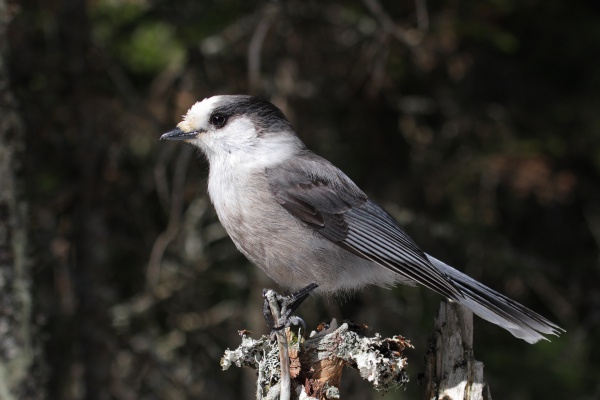Facts About Grey jay
The Canada jay, also known as the gray jay, grey jay, camp robber, or whisky jack, is an endearing bird from the Corvidae family. It inhabits the boreal forests of North America, extending from the northern tree line to the Rocky Mountains. This bird is adorned with grey feathers, a striking white head, and nape, and is closely related to the magpie.
One of the most intriguing aspects of the Canada jay is its habit of storing food throughout its territory. These birds are monogamous and typically stay together as a pair, often accompanied by a juvenile from the previous year.
There are nine recognized subspecies of the Canada jay, each occupying distinct ranges. The bird’s official name was reverted to Canada jay in 2018 after some taxonomic revisions. These birds are known for their cooperative breeding, nesting in conifer trees, and a variety of calls, including impressive mimicry. Their diet is diverse, including insects, small mammals, young birds, carrion, fungi, and fruits.
Canada jays are particularly noted for their food-caching behavior, which helps them endure the winter. They hold a special place in human culture, prominently featured in Indigenous mythologies and folklore as symbols of good luck or omens. They are also known to approach people for food, earning nicknames such as "lumberjack" and "meat-bird."
Currently, the Canada jay is classified as "least concern" by the IUCN, with stable populations overall. However, those residing in the southern parts of its range may be at risk due to climate change. Efforts have been made to designate the Canada jay as the national bird of Canada, but it has not been officially recognized yet. With its adaptability and captivating behaviors, such as food caching and cooperative breeding, the Canada jay is a fascinating bird both ecologically and culturally.

 United States
United States